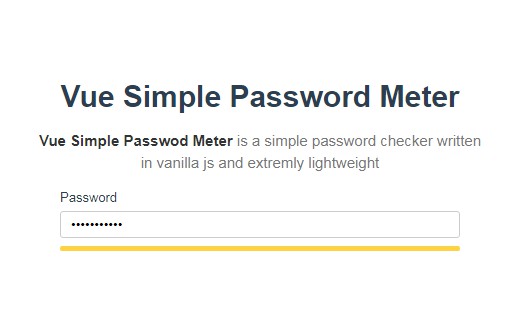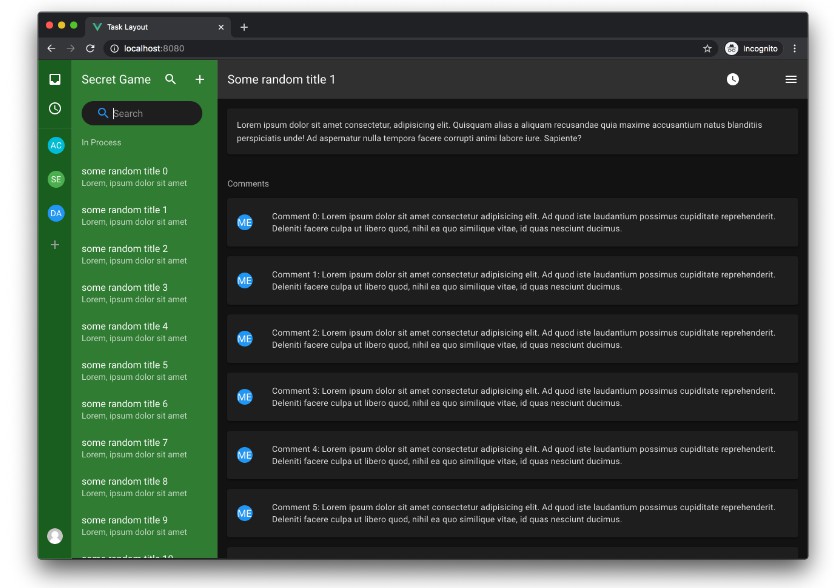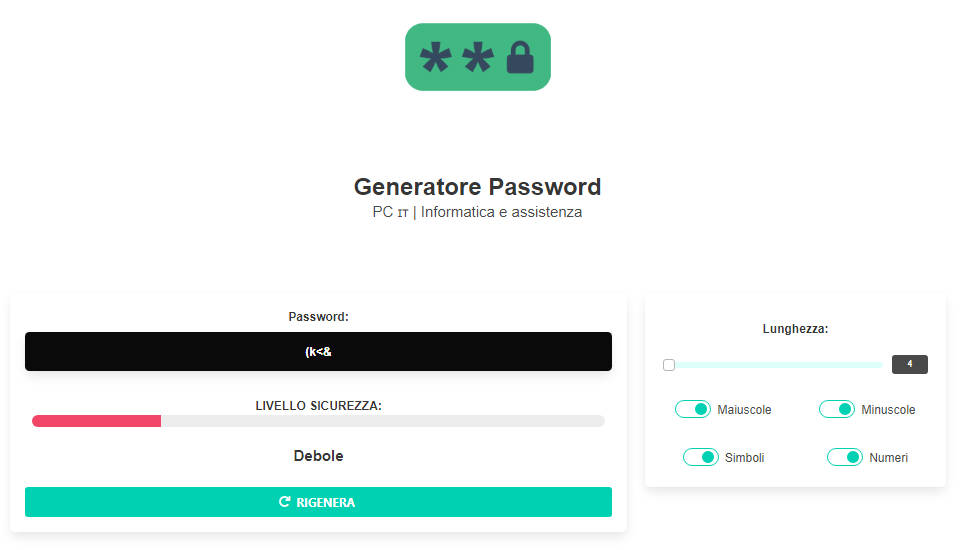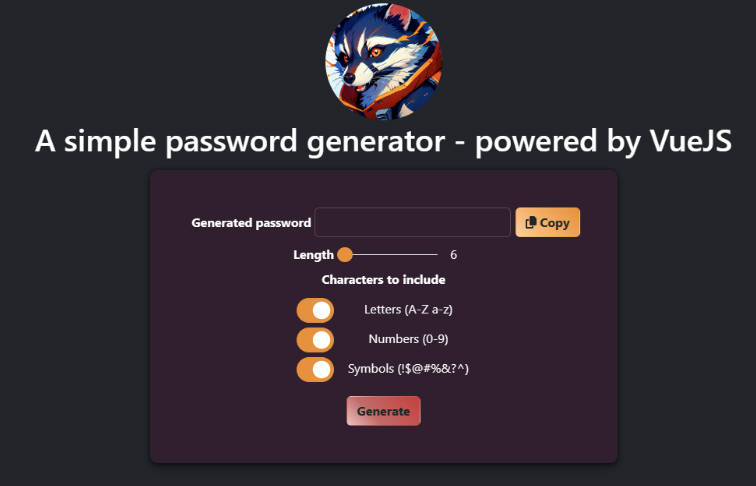vue-simple-password-meter
Vue Simple Passwod Meter is a simple password checker written in vanilla js and extremly lightweight (3.2kb minified + Gzipped)
Install
npm install vue-simple-password-meter --save
Usage
Simply use v-model and send it to the component using password prop
<template>
<form>
<label for="password">Password</label>
<input id="password" type="password" v-model="passwordValue" />
<password-meter :password="passwordValue" />
</form>
</template>
<script>
import passwordMeter from "vue-simple-password-meter";
export default {
components: { passwordMeter },
data: () => ({
passwordValue: null
})
};
</script>
Customize using css
If you wanna customize the bar its really simple with some easy css you can customize it
Overwrite these css styles globally and change each state color and style
.po-password-strength-bar {
border-radius: 2px;
transition: all 0.2s linear;
height: 5px;
margin-top: 8px;
}
.po-password-strength-bar.risky {
background-color: #f95e68;
}
.po-password-strength-bar.guessable {
background-color: #fb964d;
}
.po-password-strength-bar.weak {
background-color: #fdd244;
}
.po-password-strength-bar.safe {
background-color: #b0dc53;
}
.po-password-strength-bar.secure {
background-color: #35cc62;
}
Events
You can use event score to use scored number between 0 to 4 that scores password from risky to secure with 4 is a secure password and 0 is risky and between.
You can use this as a form verification tool
See below example for more detail
<template>
<form>
<label for="password">Password</label>
<input id="password" type="password" v-model="passwordValue" />
<span v-if="score === 0">Use better password</span>
<password-meter :password="passwordValue" @score="onScore" />
</form>
</template>
<script>
import passwordMeter from "vue-simple-password-meter";
export default {
components: { passwordMeter },
data: () => ({
passwordValue: null,
score: null
}),
methods: {
onScore({ score, strength }) {
console.log(score); // from 0 to 4
console.log(strength); // one of : 'risky', 'guessable', 'weak', 'safe' , 'secure'
this.score = score;
}
}
};
</script>
Contributing
If you want to contribute to this project simply fork it and clone it then run
npm i
in the root of the project, then run
npm run serve
to run development server.
Motivation
Since Every other components and libraries mostly were using zxcvbn was 799.5kb minified and 388.3kb minified and Gzipped so i decided to make simpler approach and use regex instead of dictionary for validating.





